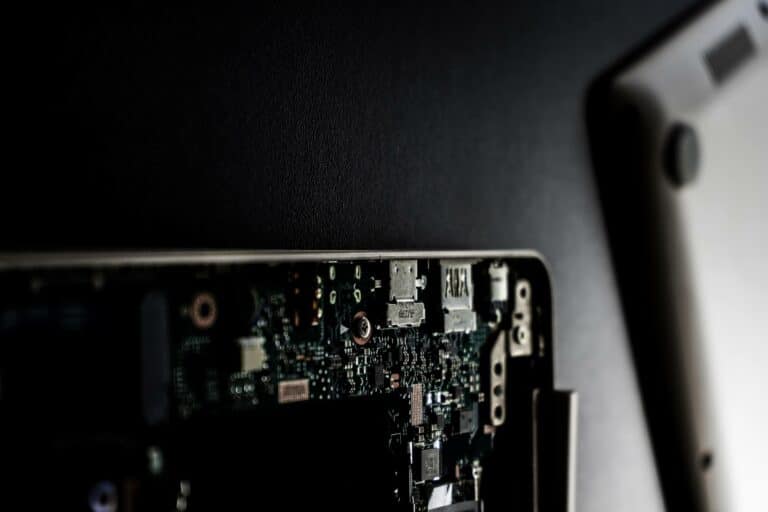
SpaceX’s Starlink: everything you need to know
Elon Musk. The name will ring a bell. Discover his new project!
We’ll take care of your connection
A no nonsense network for every sector
Our knowledge accumulated through years of expertise
A company with a passion for technology and signals
 English
English
With global mobile subscriptions, mobile phones have become a universal and indispensable tool for modern life. With a mobile phone you can stay in touch with anyone on the planet from almost anywhere. So, what is this mobile phone all about?
The abbreviation “GSM” stands for Global System for Mobile communications. In its most basic form, a mobile phone is essentially a two-way radio, consisting of a radio transmitter and a radio receiver. When you make a call, your mobile phone converts your voice into an electrical signal, which is then sent via radio waves to the nearest mobile phone mast. The network of mobile phone masts then transmits the radio waves to your caller’s mobile phone, which converts them into an electrical signal and back again to sound. In its basic form, a mobile phone works just like a walkie-talkie.
Besides the basic function of voice calls, most modern mobiles are equipped with additional functions such as surfing the web, taking photos, playing games, sending text messages and playing music. More advanced smartphones can perform similar functions of a portable computer.
The first telephones used analogue technology. This is pretty much how a homemade tin telephone on a wire works too. When you ring through a can, your voice makes the string vibrate up and down (so fast you can’t see it). The vibrations go up and down like your voice. In other words, they are an analogue of your voice – which is why we call it analogue technology. Some landlines still work this way today.
Mobile phones of today work with digital technology: they change the sounds of your voice into a pattern of digits and then beam them through the air. The use of digital technology has many advantages. It means that mobile phones can be used to send and receive automated data. Therefore, most mobile phones can now send and receive text messages, web pages, music files and digital photos.
Digital technology means that telephone calls can be encrypted (encoded with a mathematical code) before they leave the sender’s phone, so that no one can eavesdrop on them. (This was a big problem with earlier analogue phones, which anyone could intercept with a miniature radio receiver). This makes digital phones much safer.
Mobile phones contain at least one radio antenna to transmit or receive radio signals. An antenna converts an electrical signal into the radio wave (transmitter) and vice versa (receiver). Some mobile phones use one antenna as the transmitter and receiver, while others, such as the iPhones, have several transmitting or receiving antennas.
An antenna is a metal element (such as copper) that is designed to have a specific size and shape for transmitting and receiving specific frequencies of radio waves. While older generation mobile phones have external or removable antennas, modern mobile phones contain more compact antennas inside the device thanks to advanced antenna technologies. It is important to understand that all metal components in the device (such as the circuit board and metal frame for the iPhone) can interact with the transmitting antenna(s) and contribute to the pattern of the transmitted signal.
Many modern smartphones also contain more than one type of antenna. In addition to the mobile antenna, they can also have Wi-Fi, Bluetooth and/or GPS antennas.
As mentioned earlier, a mobile phone is a two-way wireless communication device and both the incoming signal and the outgoing signal must work. The size of the signal received from the mobile phone mast is called the “signal strength”. You can read the signal strength from the bars on your mobile phone. The connectivity between a mobile phone and its mobile network depends on both signals and is influenced by many factors, such as the distance between the phone and the nearest mobile tower, the number of obstructions between them and the wireless technology. Poor reception (fewer bars) normally indicates a long distance and/or a lot of signal interruption between the mobile phone and the mobile phone mast. These bars represent an abstract picture of the signal strength.
To save battery life, a mobile phone will vary the strength of the transmitted signal and use only the minimum necessary to communicate with the nearest mobile phone. When your mobile phone has a bad connection, it sends out a stronger signal to connect to the tower, which drains your battery faster. So a good connection not only means fewer dropped calls, but also longer battery life.

Xavier is de stuwmotor achter Mercuron. Als CEO en mede-oprichter brengt hij nieuwe communicatietechnieken naar alle gebouwen.

Elon Musk. The name will ring a bell. Discover his new project!

The SAR value is an indication of how much electromechanical radiation is emitted.

It is not always easy to find a solution, so that’s where we come in!

Mercuron, a Belgian company, specializes in wireless communication. With our expertise in radio waves, we create ASTRID and mobile phone signal amplifiers from the ground up.